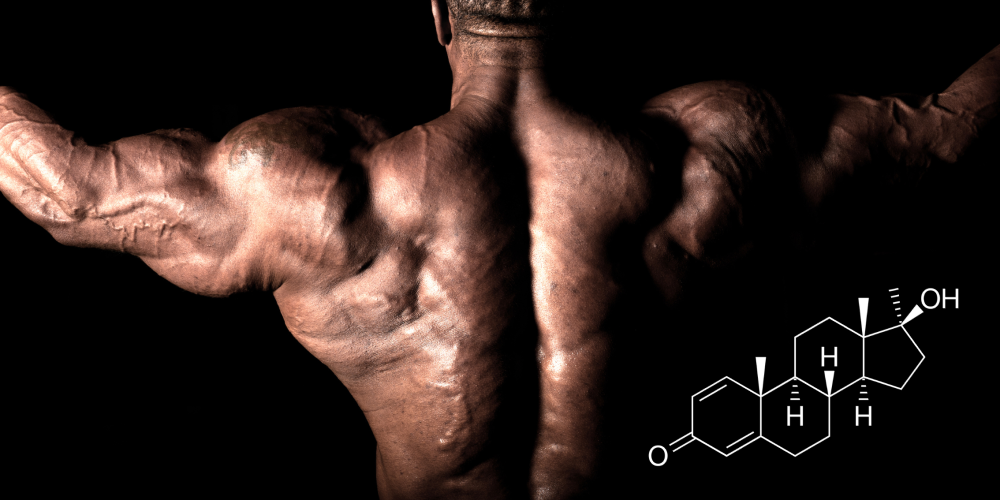Harm prevention: infection/abcess
An abscess is the last step of the immune response to an infection, it is the result of the combination of germs with the body’s immune responses. When the infection occurs, the white blood cells cause the blood to enter the area, increasing the temperature and the redness of the area, this added to the secretions made cause pain.
Therefore we have the symptoms of inflammation: redness, local heat, swelling and pain.
Not all infections can cause liquefaction of the tissue (a cavity is formed in the tissue to isolate the area) that is necessary for an abscess to occur, this varies depending on the type of bacteria, this membrane that isolates the area would also cause antibiotics to have no effect in the advanced phase and therefore it would be necessary to drain or operate the area.
The sooner it is diagnosed, the better, because an antibiotic would enough.
How to diagnose an abscess?
First of all say that what looks like an abscess may not be an infection, when we perform an injection symptoms of inflammation may occur without an infection because factors such as the pH value, if the tissue is compatible, or where it is performed (muscle, fascia or adipose tissue) can cause local destruction of the tissue causing an immune reaction similar to that of an infection but that will go away in a few days without treatment, this is known as sterile inflammation.
To distinguish between a sterile process and an infection, the most important values are:
- Fever: a temperature between 37-38 degrees may be indicative of both processes, but a temperature higher than 38 will be a very likely indicative of an infection.
- If the lymph nodes in the area are swollen, it would also be an indication.
- Blood test: an excess of white blood cells and specifically of neutrophils would be an indicator.
- CRP would be a very interesting value to measure (but it also increases with sterile inflammation) for a bacterial infection to occur it would have to be above 40mg / l (at the beginning of an infection it may be below 20 the value so I recommend running two bloodworks).
- Keep in mind that if we take anti-inflammatory drugs, the fever will decrease and we will get a false diagnosis.
How to treat it?
Sterile inflammation: It will be enough to take an anti-inflammatory and refrigerate the area.
Bacterial inflammation: I recommend that you see a doctor because in the case of a complication the area will have to be drained and an operation may even be required, but if we do not have access to a doctor, it would be advisable to treat with an antibiotics, most antibiotics work , but given that most infections are usually caused by a bacteria of the staphylococcus aureus type, I would recommend taking cefuroxime, doxycycline or clindamycin among others if cefuroxime causes allergy, the doses will have to be adapted to the body meso, being in the case of a 80kg male: (2x500mg / d) cefuroxime, (2x100mg / d) doxycycline or (4x300mg / d) clindamycin.









